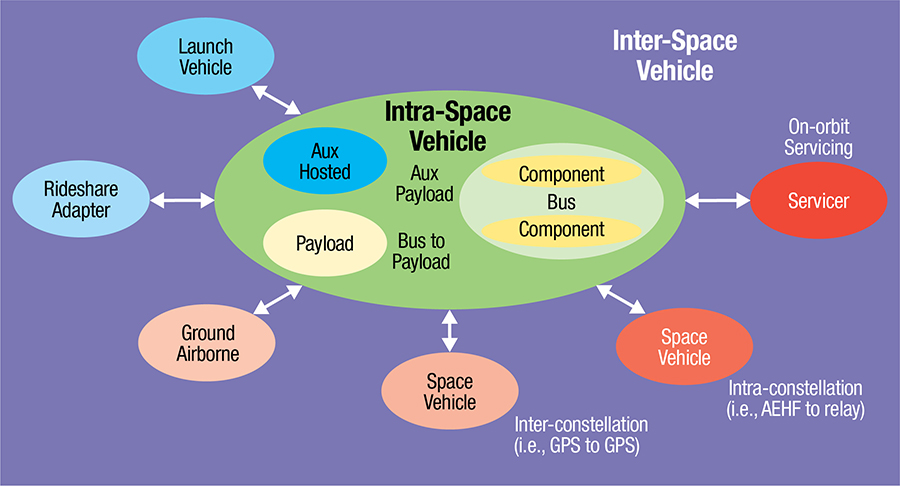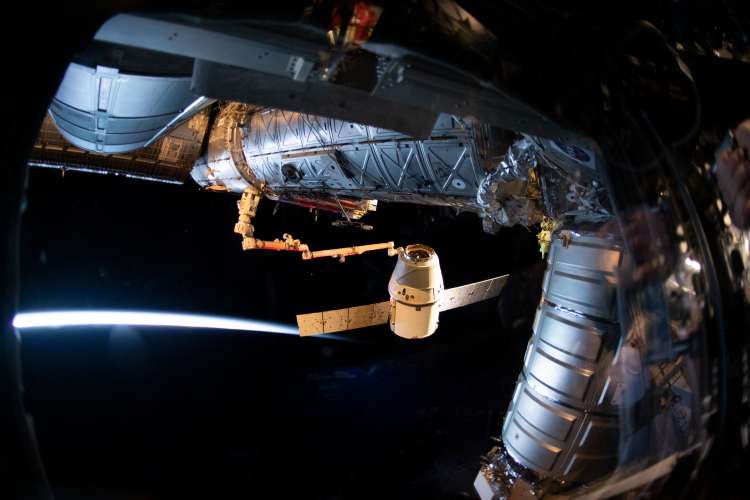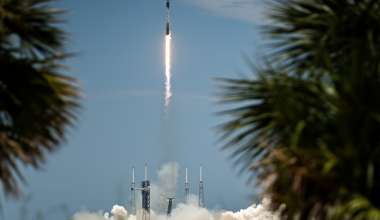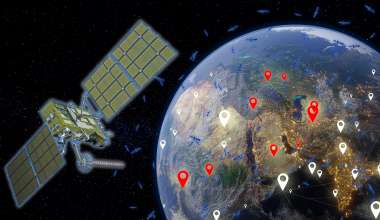
This is a critical moment for the United States’ involvement in space. Potential adversaries are developing and fielding antisatellite weapons and more effective military satellites. Meanwhile, the commercial market offers promising new possibilities for space, such as cheaper launch, large constellations, and miniaturization. But U.S. national security in modern times has traditionally relied on space systems developed over long timelines to provide extraordinary capabilities and avoid losing satellites to a hostile environment, with little room for error.
The United States can rise to the challenge to outpace the threat with a system architecture that is both resilient and agile. As government and industry evaluate ways to satisfy this need, numerous approaches have been proposed, one of these being common interface specifications.
Over 70 current and past interface documents were surveyed and cataloged that include both government and commercial interfaces. These were characterized and evaluated against a set of criteria directly supporting outpacing the threat, focusing on resiliency and enterprise agility. The interface documents fell into two categories: intra- and inter-space vehicle.
A Quality Function Deployment (QFD) matrix was used to evaluate a subset of the interface documents using weighted acquisition criteria: nonproprietary interfaces, common data interfaces, open/modular architecture, rapid technology insertion, etc. There were two key findings from the QFD assessment:
- No all-encompassing solution existed that is relevant to the defined acquisition criteria, as the interface documents evaluated range from both general approaches to detailed requirements in one or a few focused areas
- The QFD matrix provided a valuable reference for identifying future solutions for defined needs in specific, cross-cutting interface standards Mission success is not only dependent on meeting technical and functional requirements but also on providing a timely solution that meets potential adversarial threats.
REFERENCE
Aerospace Report No. TOR-2020-00935
Space Vehicle Interface Study
For more information contact Jeff Juranek or Thanh Tran.
This story appears in the September 2020 issue of Getting It Right, Collaborating for Mission Success.






